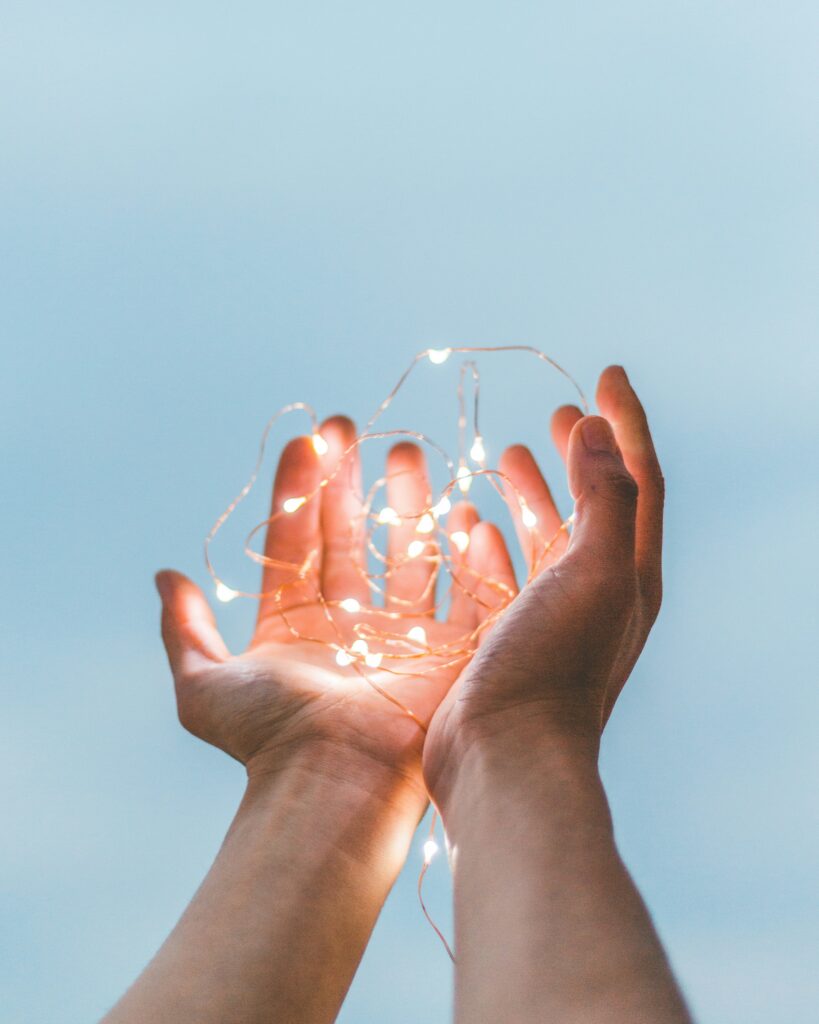
In the first part, I wrote about the idea of having an internal smart meter and how we can attune to it. For artists, who often work freelance or have unusual work schedules, this is particularly vital. On reading up about smart meters, it’s uncanny how far the metaphor extends, as you’ll see…
Smart meters offer:
- Real-time or near real-time sensors
How can you sense when something or someone is draining your energy?
Notice how you feel after you’ve engaged with them. How is your body feeling? Check your shoulders, your neck, your stomach, your breathing, for tightness, pain, fatigue. Or maybe you feel a bit strung out? Are you fidgeting, wired, tapping your foot, pulling at your lip, chewing your nails?
How does your mind feel? Are your thoughts racing? Or do you feel spaced-out? Numb? Angry and irritable? Gloomy and hopeless?
- Power outage notification
How do you know when you’re out of power? Do you feel a slump in your energy? Does it relate to certain tasks, or maybe to being around certain people? When do you tend to reach for the cup of coffee or the bar of chocolate? And why?
When we feel drained, it’s often more about our own reaction (conditioned by past experiences) than it is about a specific person. Our reaction is what we need to work with. And we can make different choices in the future.
If I’m plugged into someone else, for example a loved one or colleague, in such a way that I’m over-involved and it’s draining me, I imagine unplugging myself from that person, as if I had an actual three-pin plug at the end of a cord, and then plugging it into a recharging station next to me- I see a box filled with pure white light. What do you see?
- Power quality monitoring
When are you at your best for various activities? How do you know? When do you feel energetic, and can you tell the difference between genuine physical energy and an adrenaline surge? How do they feel different?
- Ability to use the information to change your pattern of energy use.
Are you willing and able to change how you use your energy? When you are feeling in tune with your physical, emotional and mental states, use a decision point to check in with your energy levels. For example, is this a good time to call back your director? Or to practice your Rachmaninov? Memorise your script? Or to go for a walk and recharge your batteries?
- A way to match consumption with generation.
How do you know how much energy you have to spend? Notice a dip or a surge in your energy inside- it may be in the solar plexus area. If you get a response, then you have a choice whether to act on it. Make your choice, and then notice, afterwards, the impact of your choice on your body, mind and emotions. You may be surprised. If you feel like you did act successfully on your intuition, remember to acknowledge yourself. If not, then it’s important to be kind and to forgive yourself. There’s always another chance.
- Advanced metering infrastructure systems that measure, collect and analyse energy usage.
With intuitive responses, the only way to know whether they’re really accurate, is to experiment. What happens if you ignore the response and go ahead anyway? What happens if you follow its lead?
Start small: Should you go out tonight? Take a last-minute client? If you check inside, and the needles drop, but you decide to say yes, what happens later? What is the impact? If you say no, you have to deal with the possibility that you’ve missed out on something. What is the impact of that? Over time, if you pay attention, will you find out?
In the end, all of this is an experiment, like so much of life. Experimentation has become a vital part of my coaching approach, as it takes the pressure away from a lot of decision making and allows us to capitalise on one of our biggest assets- our creativity!
In Part 3, I’ll be looking at how to track your progress effectively over time, recharge your batteries and make positive permanent changes.